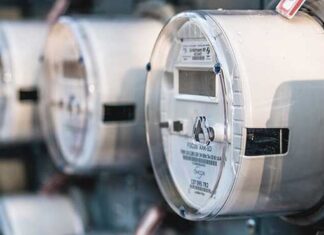ISLAMABAD: Banks will now have to pay a 10 percent Super Tax if their earnings go beyond Rs. 300 million. The Federal Board of Revenue (FBR) has released income tax circular 2 of 2023, which explains the important changes made in the Income Tax Ordinance, 2001, through the Finance Act of 2023.
As per this circular, the Super Tax was introduced for individuals with high incomes via the Finance Act of 2022. This tax entails a graduated rate system, ranging from 1 percent to 4 percent, applying to income slabs that begin at Rs. 150 million and extend to Rs. 300 million and beyond. Specific business sectors were subjected to a higher Super Tax rate of 10 percent when their income surpassed Rs. 300 million.
In order to broaden the scope of Super Tax as well as to bring progressivity and uniformity in Super Tax rates structure, additional income slabs of Rs. 350 million to Rs. 400 million, Rs. 400 million to Rs. 500 million, and Rs. 500 million and above providing for Super Tax rates of 6 percent, 8 percent, and 10 percent respectively have been enacted through Finance Act, 2023. These Super Tax rates will apply to all persons across the board for Tax Year 2023 and onwards.
However, under the second proviso to Division IIB of Part I of the First Schedule, for the Tax year 2023, a banking company will be required to pay Super Tax at the rate of 10 percent if income as defined under section 4C exceeds Rs. 300 million.
Furthermore, an ambiguity persisted regarding payment of Super Tax as to whether Super Tax payable under section 4C of the Ordinance will only be discharged as a lump sum amount at the time of filing of income tax return or Super Tax has to be paid along with monthly/quarterly installments of advance tax payable under section 147 of the Ordinance.
























It’s a huge number but I think it won’t have too much of an impact on the bank